


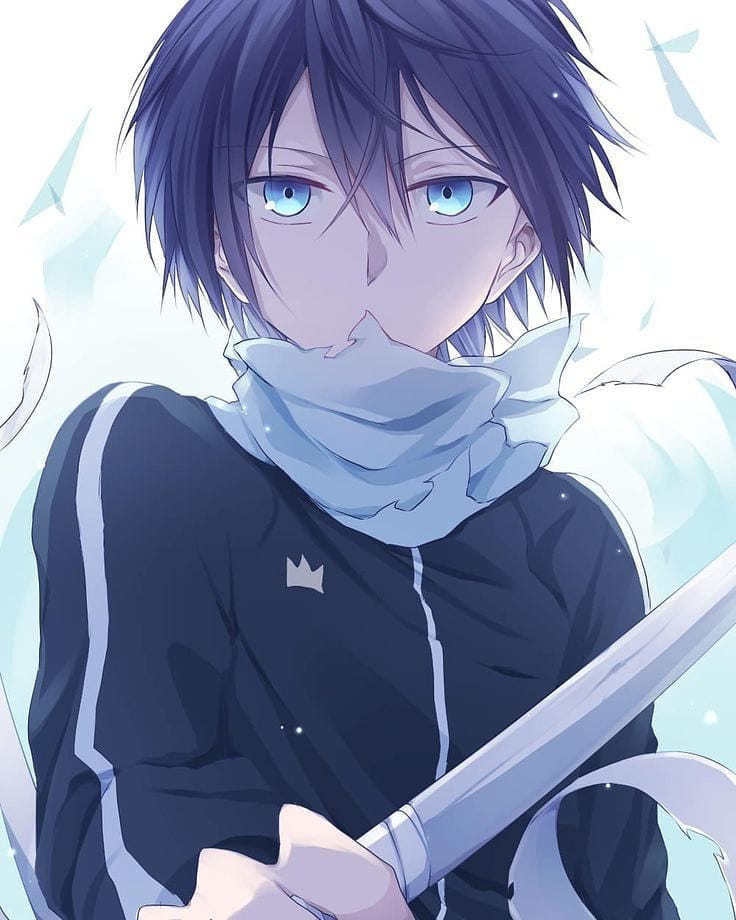
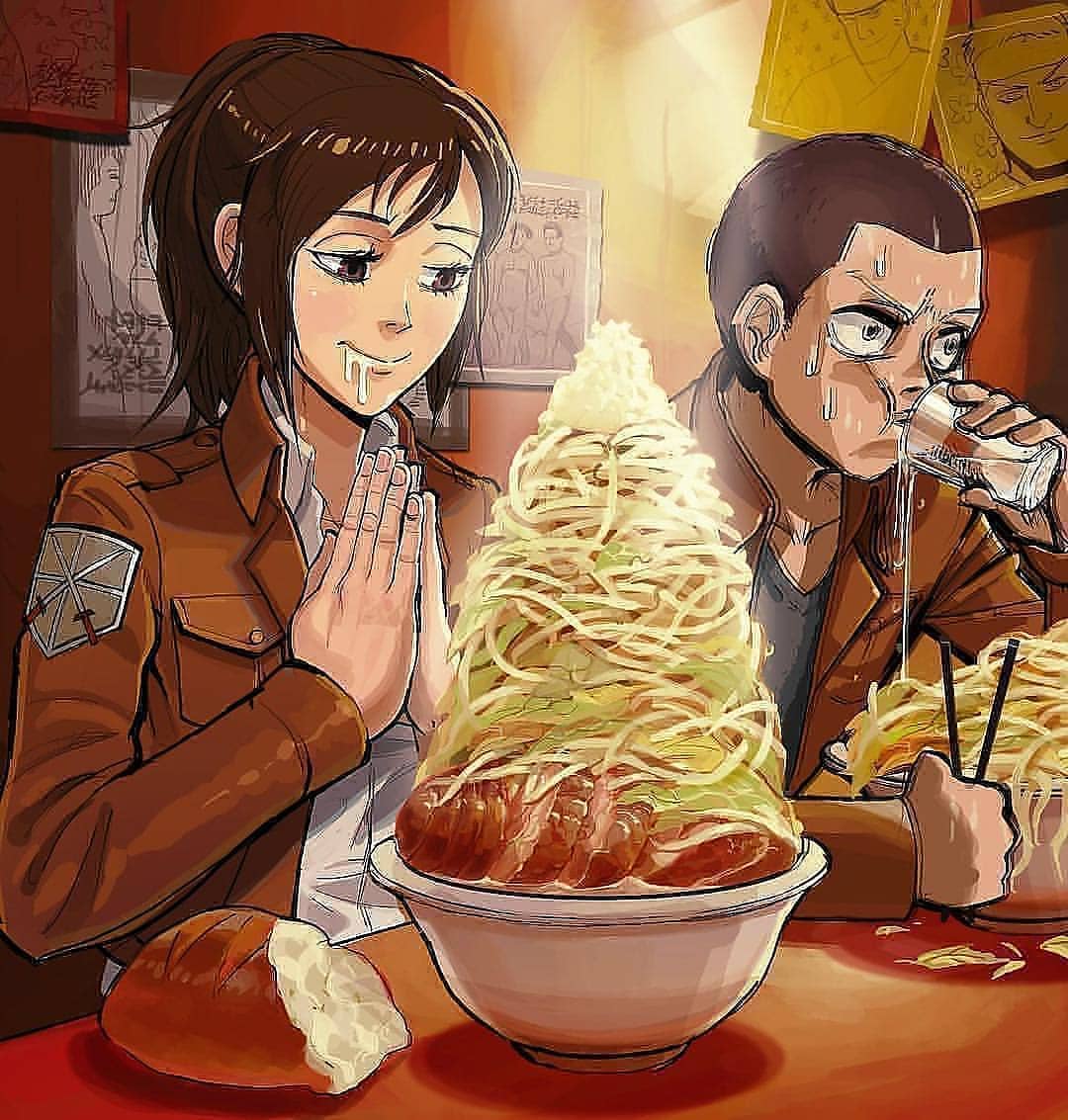
Build one skill at a time
Line first: heavier under the chin and on the upper lashes, lighter everywhere else. Shapes next: block hair with three to five big pieces before you allow yourself a single strand. Value after that: pick a light direction and lay one soft shadow: usually under the bangs and jaw. Perspective when you’re ready: a torso as a box, head riding the curve of the pose, and you’re already ahead of where you were yesterday.
Comfort ideas (for easy wins)
Go soft and simple. Hoodie sleeves swallowing the hands. A beanie pulled low with a scarf hiding the mouth. Glasses slipping down the nose in a quiet corner of a library. Let the light do the heavy lifting: a pale window shape behind the head, a little blush across the nose, and you’re done.
Challenge ideas (when you have got fuel)
Try a reach toward the camera with the face tucked back. Try an over-shoulder glance with hair pushed sideways by wind. Try a jump where the jacket flares just a bit. Block it with boxes and cylinders before you draw a single detail. Stop early. Motion looks better when you don’t overwork it.
Get outside your head and your room
Place your character inside big, simple shapes from a street photo. Don’t chase bricks or signs: just light versus dark. Collect a few photos of hands holding everyday objects, then simplify them to mitten shapes before adding fingers. Borrow curves from clouds for bangs or from leaves for jacket folds. Real life is a box of free shapes.
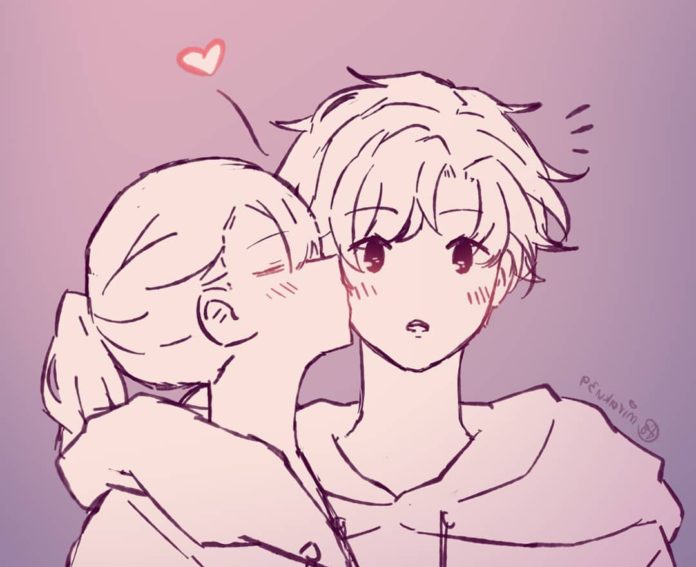

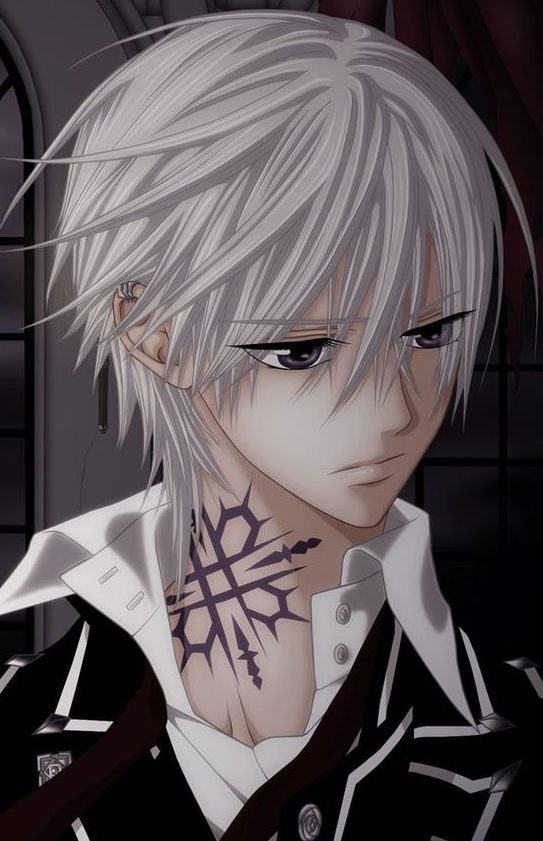
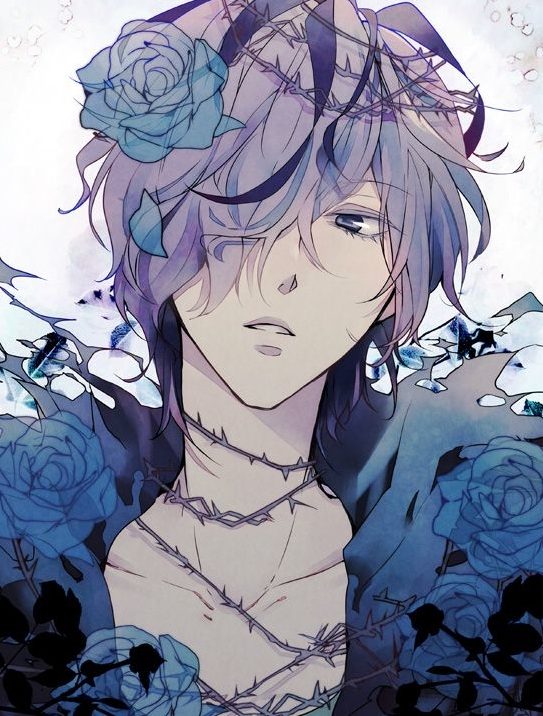
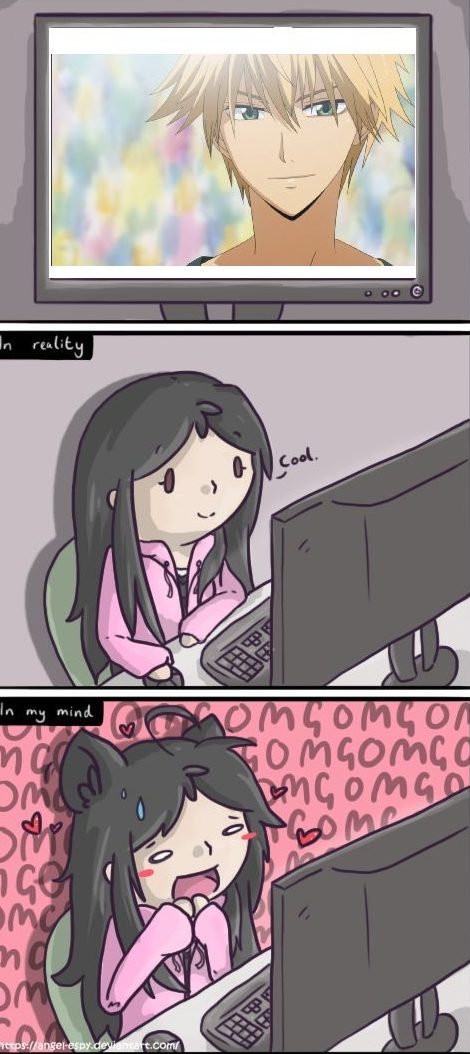
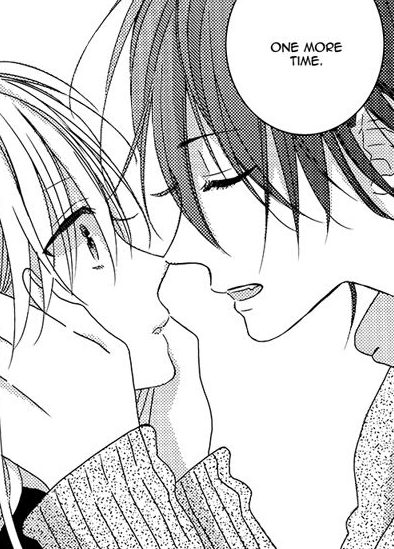
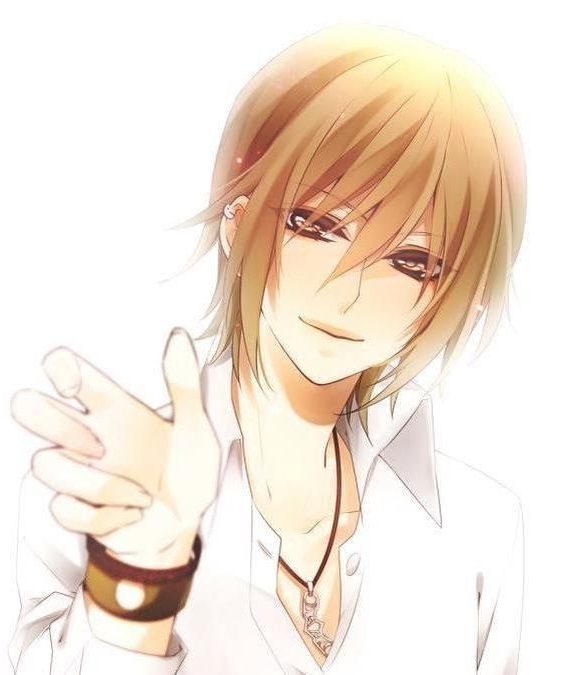
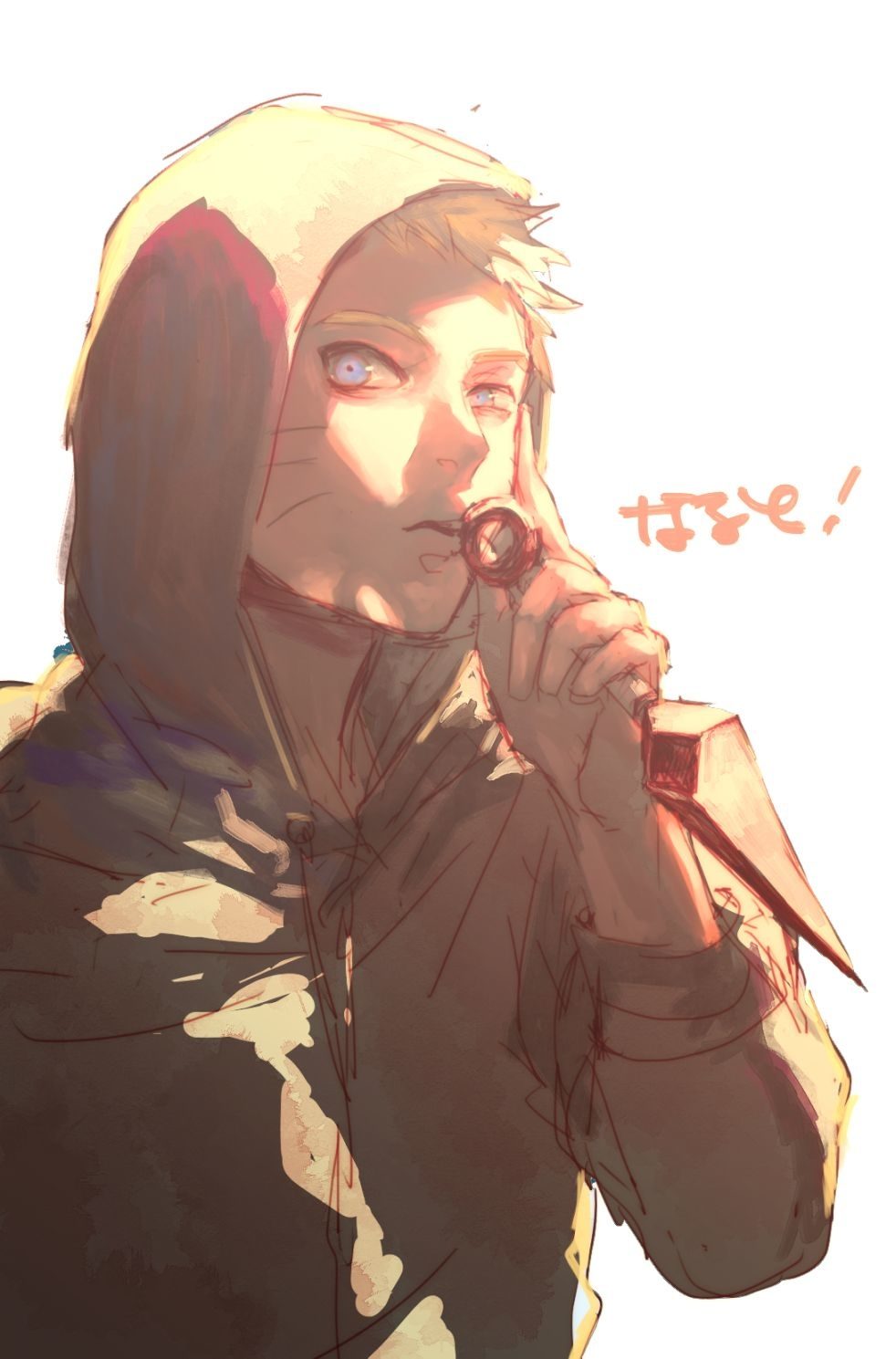
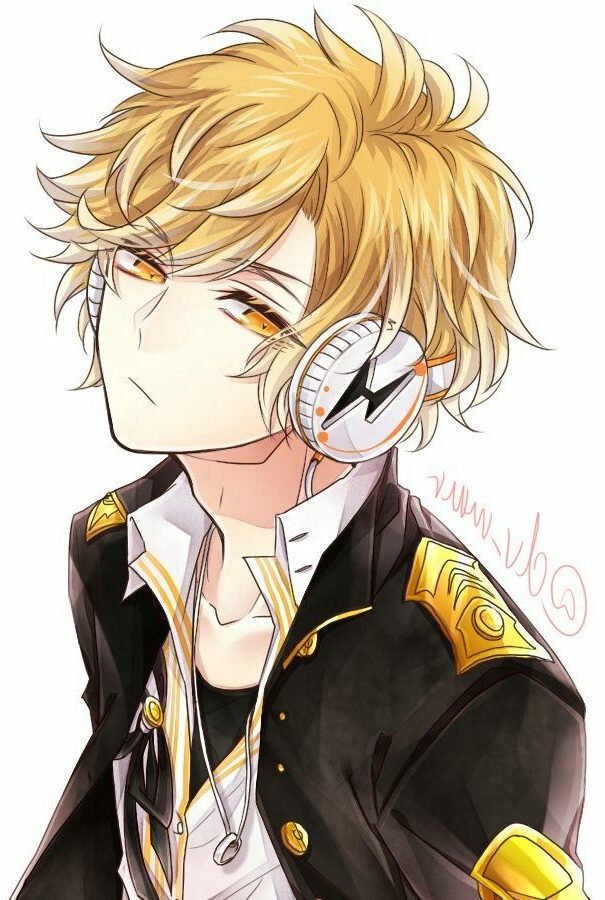
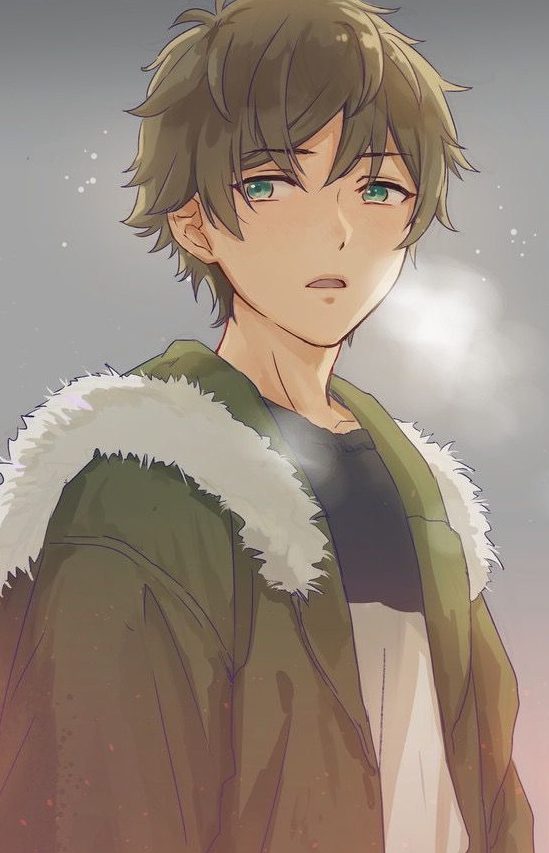

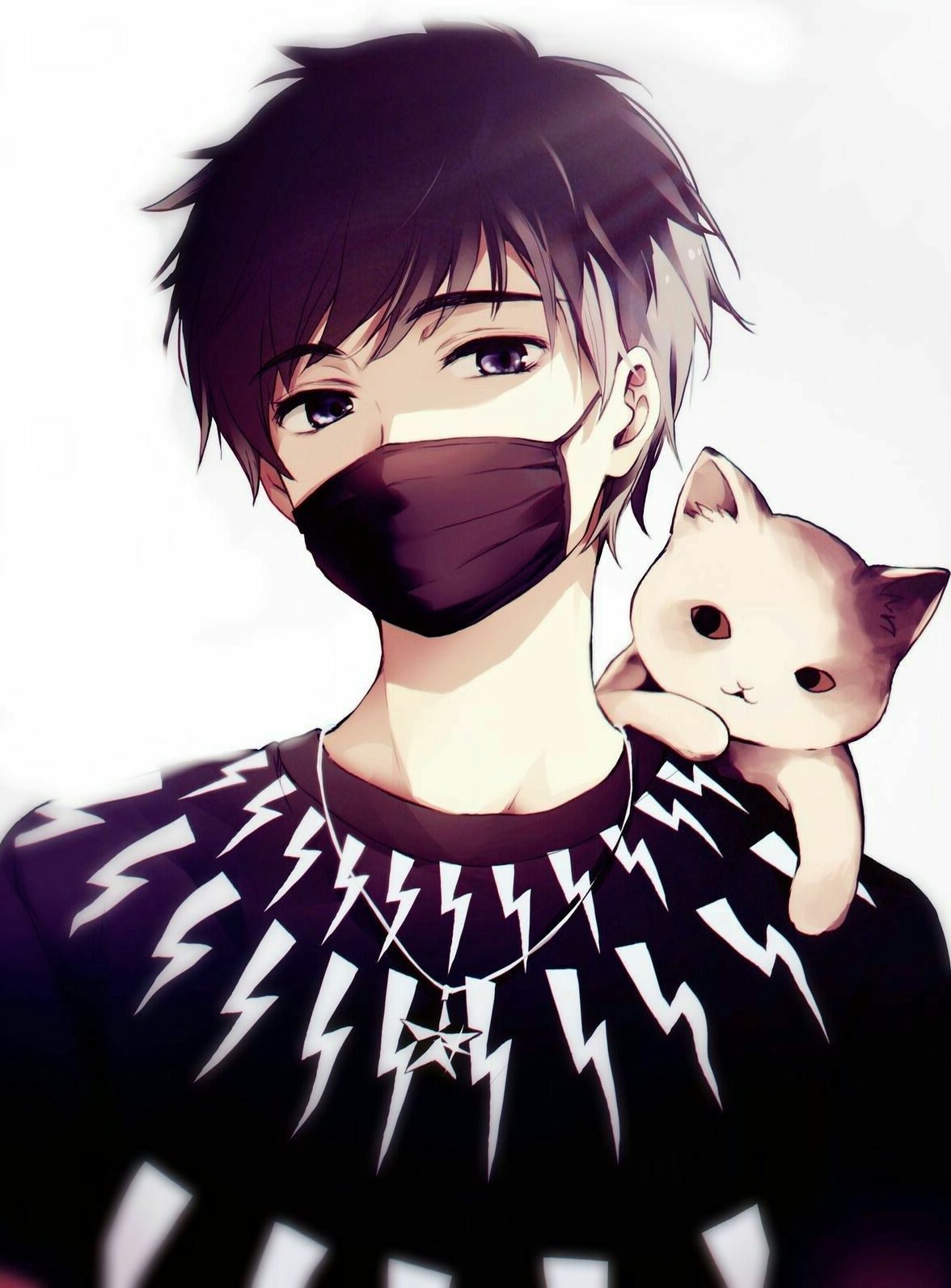
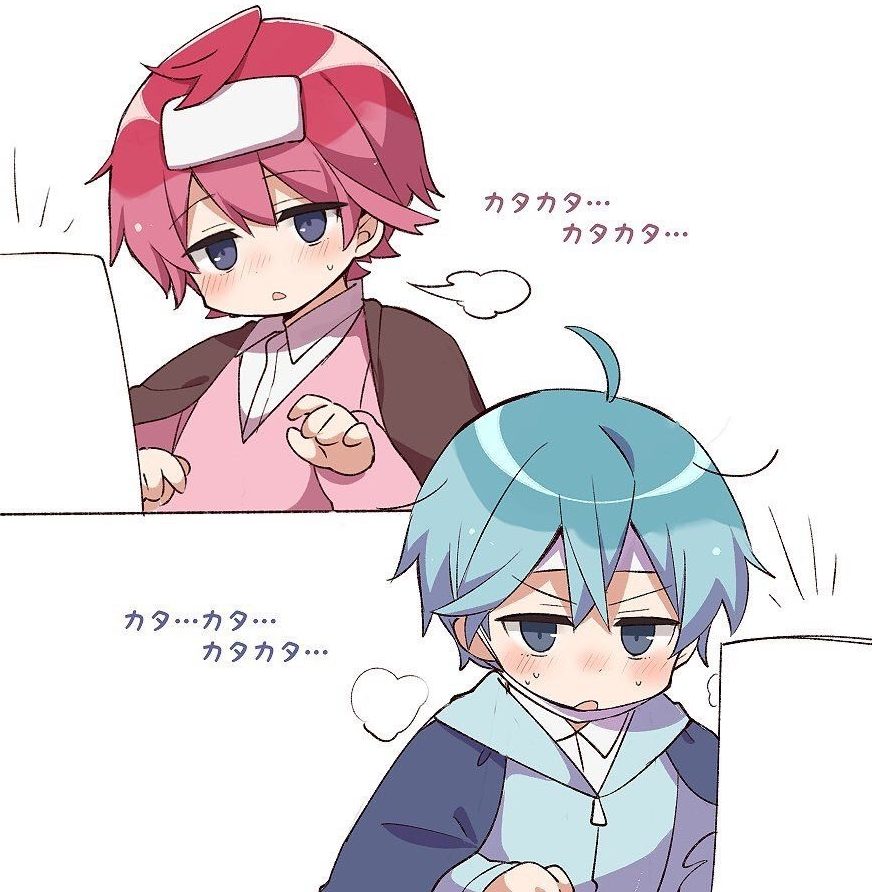
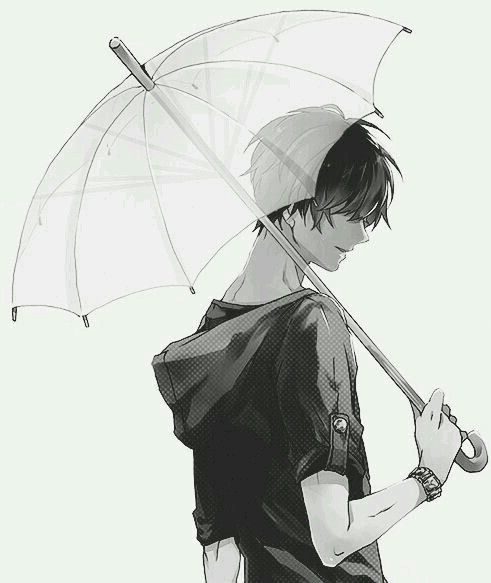
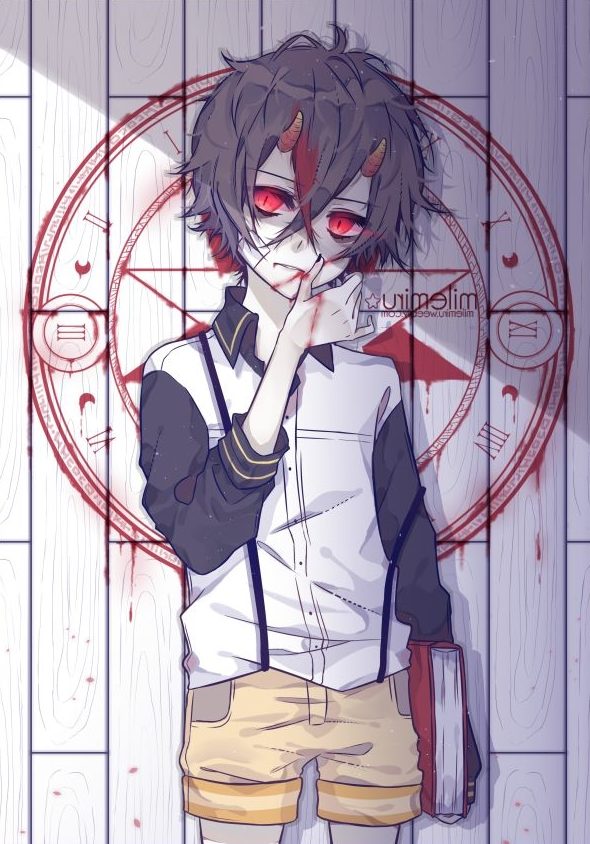
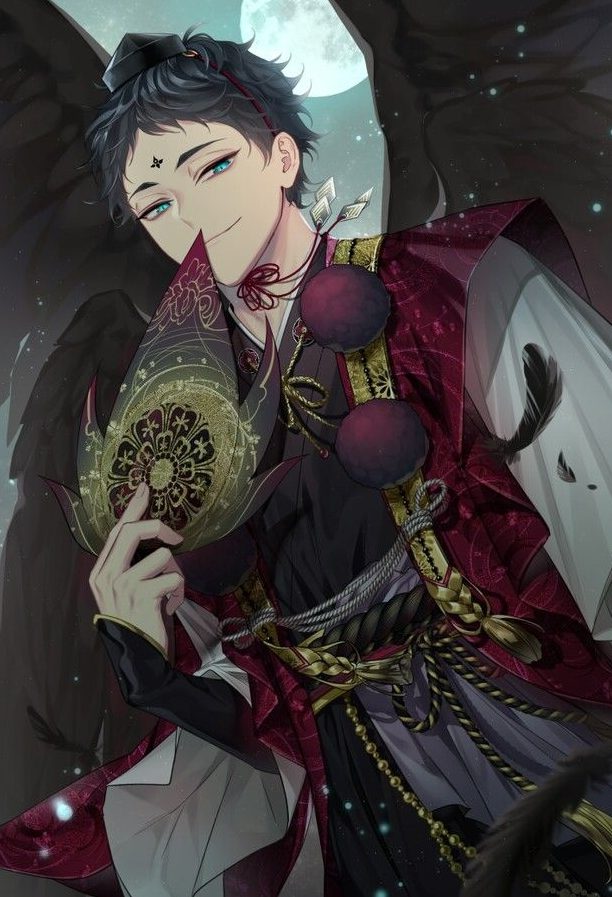
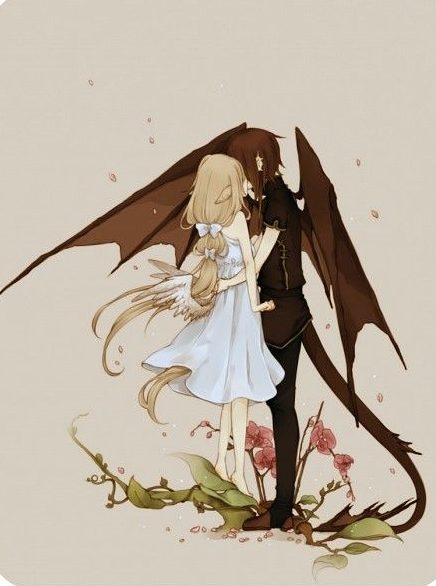
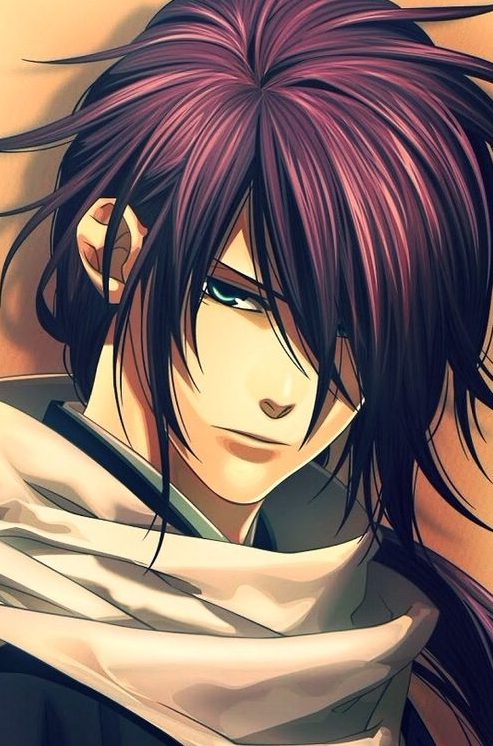
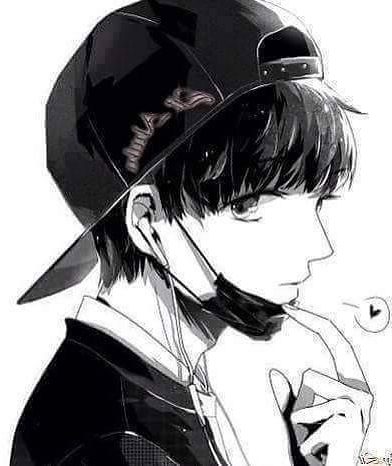
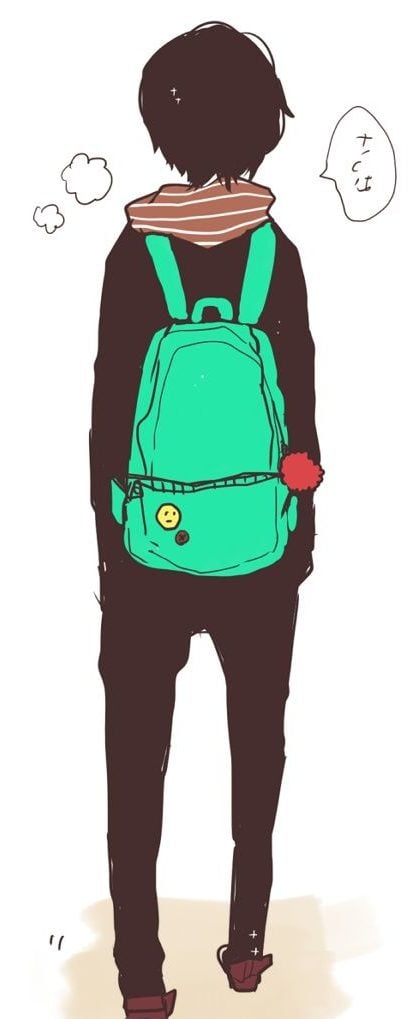
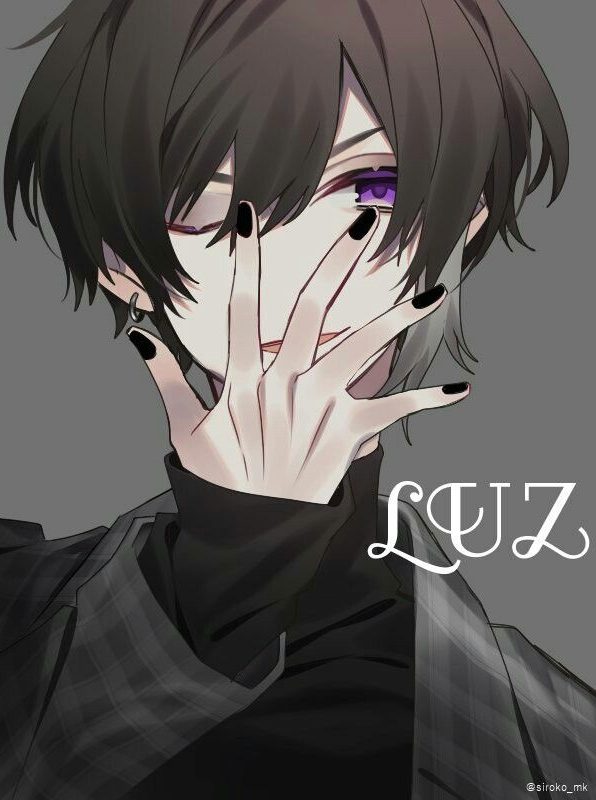
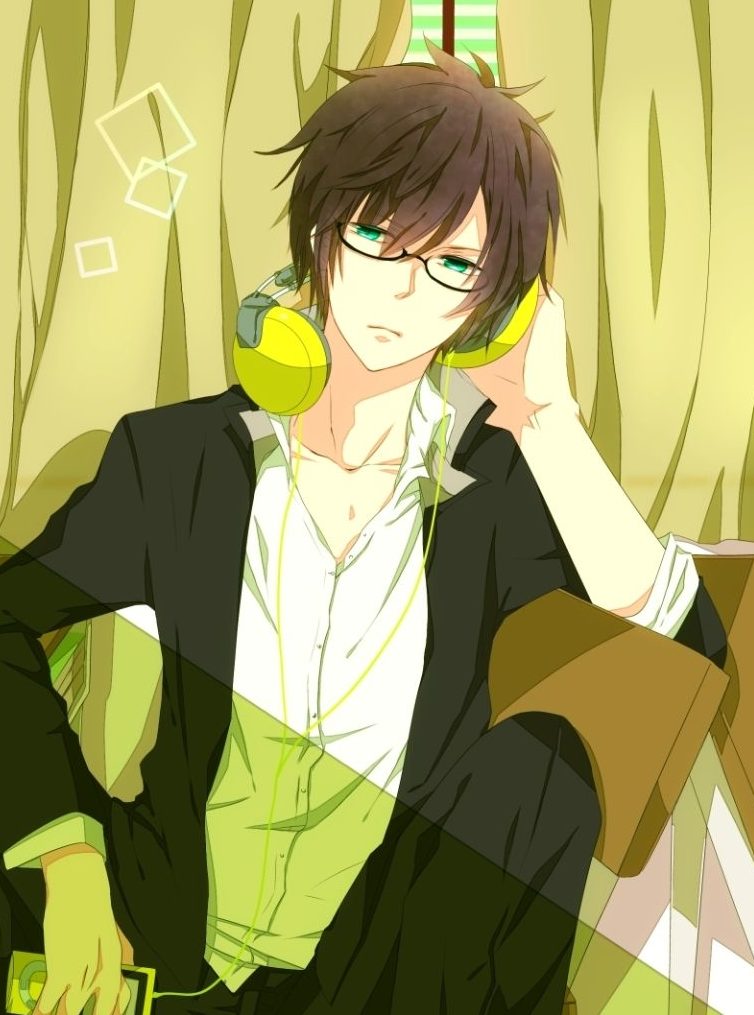
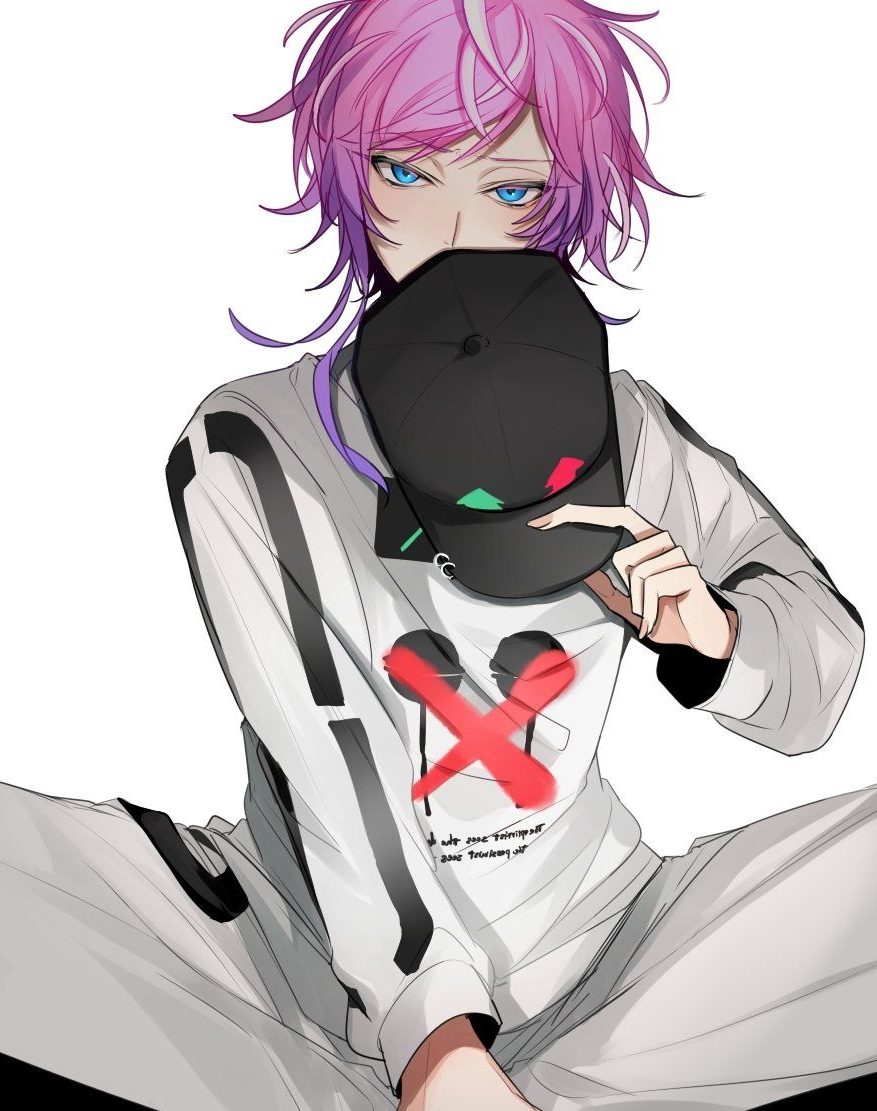
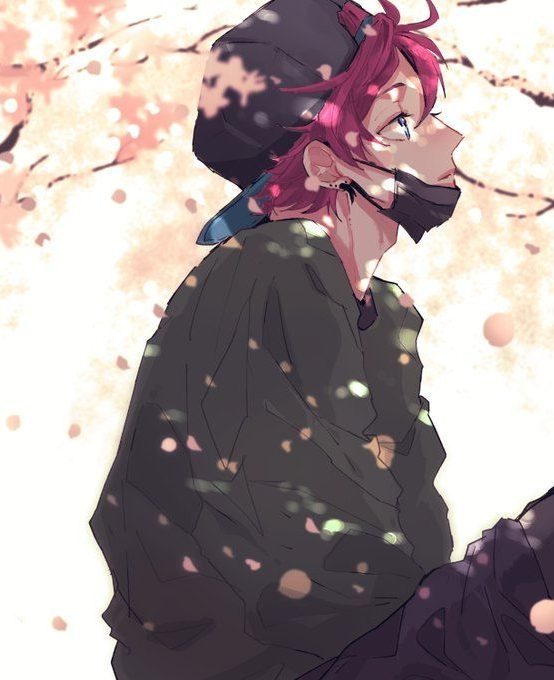
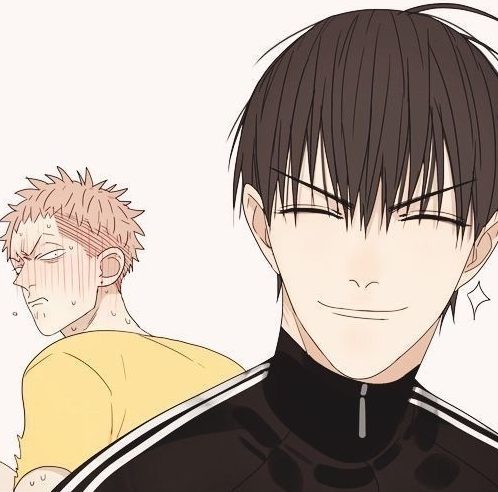
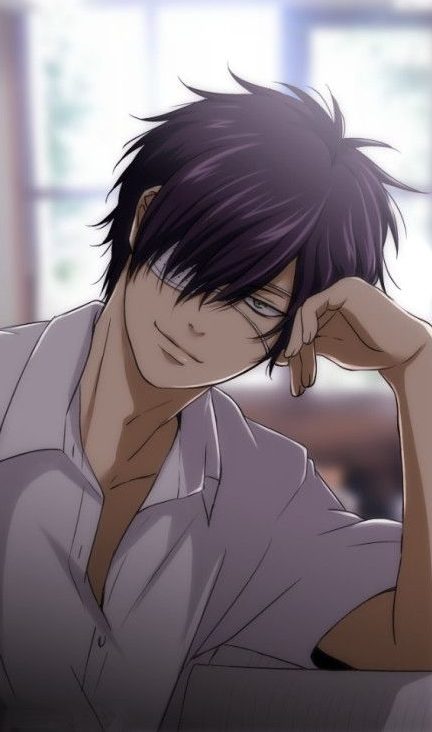
wow, so beautiful drawing of Anime guys. Thanks for great ideas.very helpful for beginners.
this is awesome